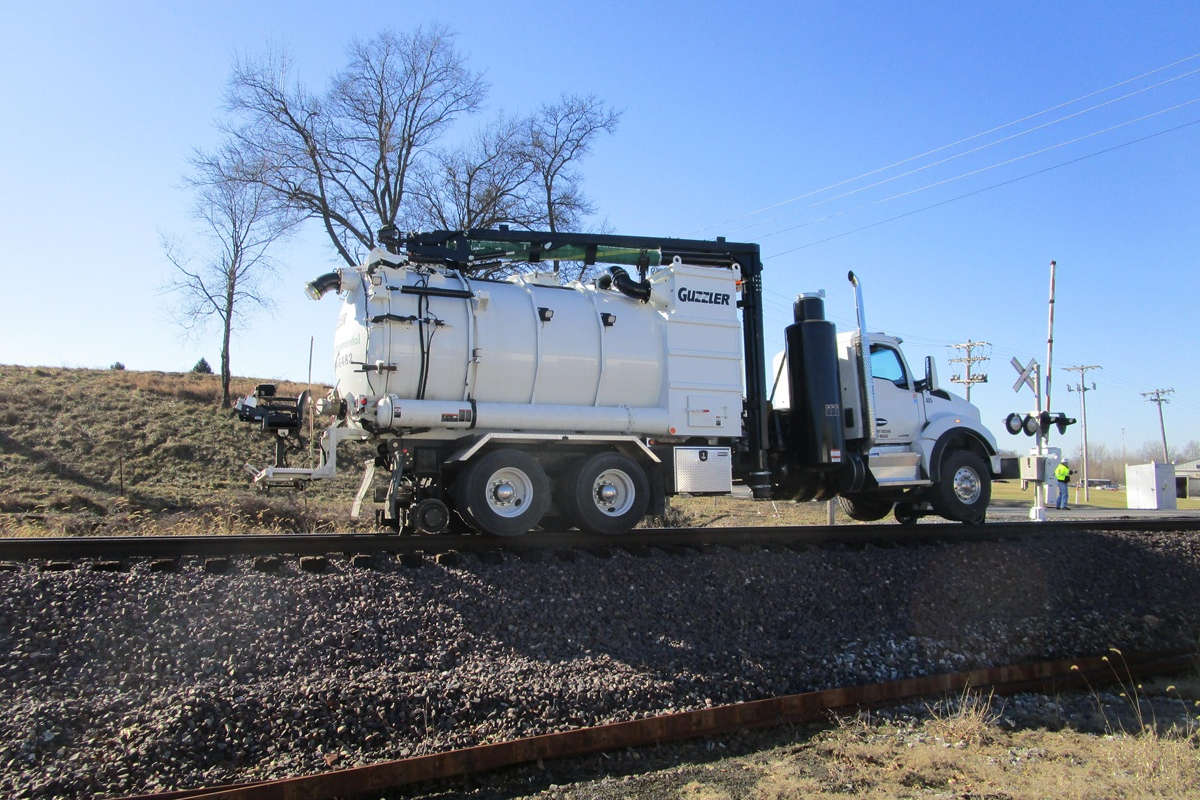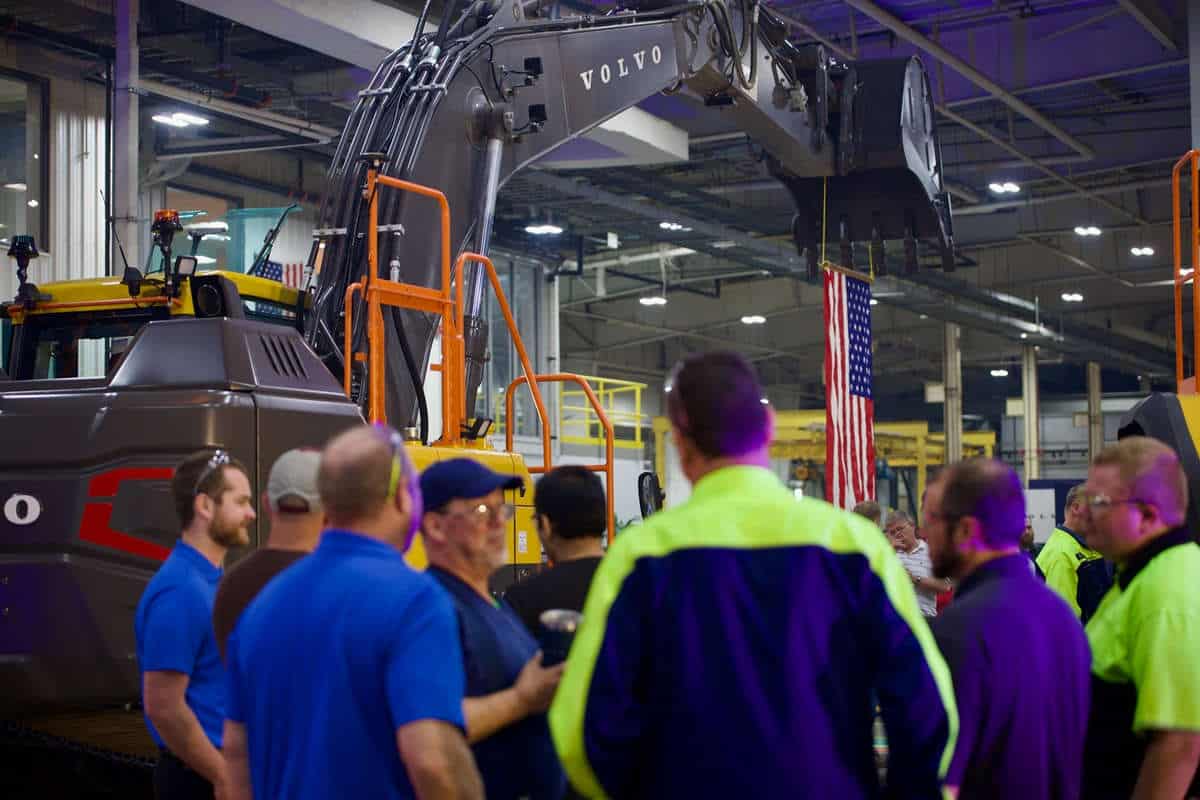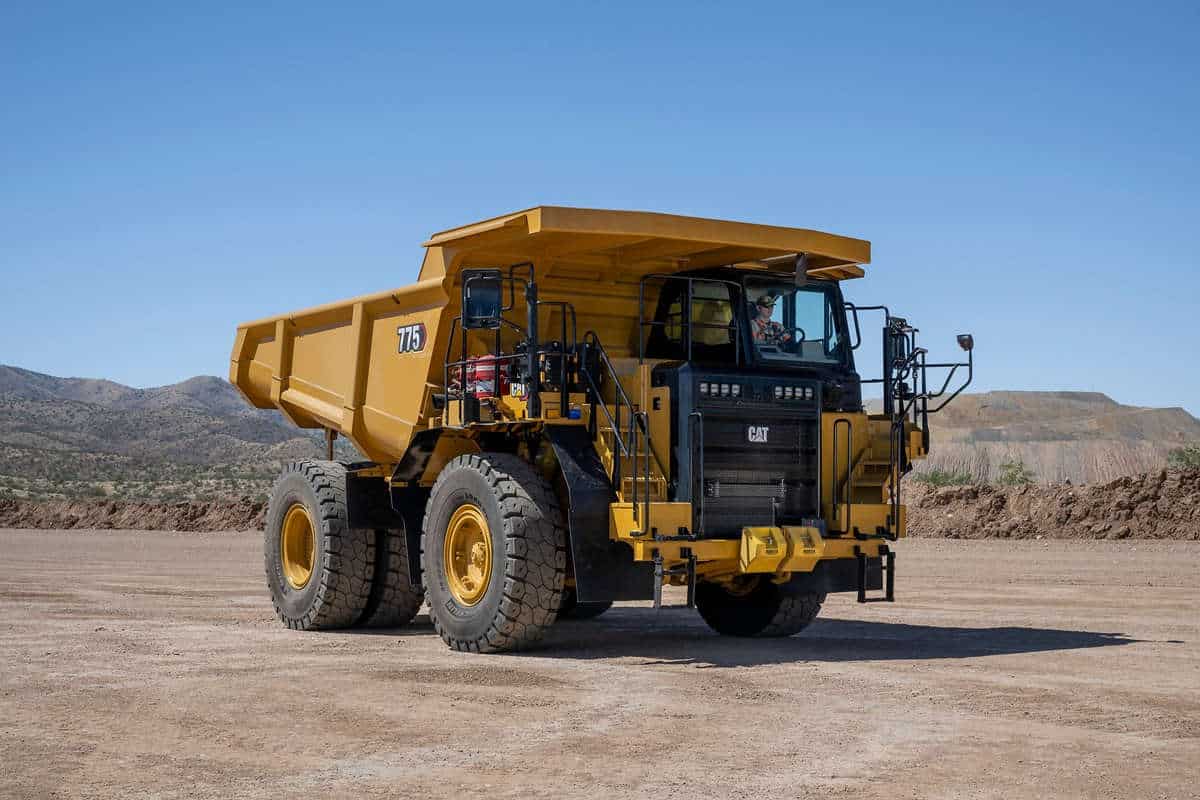Using an Electronic Locator in Piercing Tool Installations

The technique is based on small pneumatic-powered tools, generally 2 to 4 in. in diameter, to bore a compact hole with minimal excavation. These are typically small hand-dug entry and exit pits. In jobs involving multiple installations, the contractor might use a backhoe or mini-excavator, setting sod aside and temporarily placing soil on a tarp. These installations are done so quickly, with little on the surface to show that they took place, that homeowners and businesses might not notice the contractor was ever there.
For the most part, the installations are unproblematic. The “shots” are typically less than 50 ft long and are made by experienced operators, who eyeball the direction of the tool using a level, or use an aiming sight and launch cradle to increase their accuracy.
Bore paths in shared utility easements, however, or jobs in which utilities cross the bore path, can give contractors more concern. And municipal crews cross-trained for the technique may not be performing shots often enough to feel confident in their abilities.
In such cases as these, said Will LeBlanc of Subsite Electronics, a Charles Machine Works company, the use of an electronic location tool can relieve anxiety. “We always recommend piercing tool operators have a locator on hand.”
LeBlanc gives two main uses of the location tool that save contractors time and money. One is verifying the location of existing lines. Before the start of any boring work, contractors or project owners are required to contact the local One Call. One Call is a free but mandatory service that schedules the location of all underground utilities. A locating company or utility owner will come to the worksite to paint the path of its buried line.
Where an intended piercing tool path crosses below or above one of these buried lines, the installer almost always digs to expose the lines manually, or will pothole them using a vacuum-excavator. All too often, the operator finds nothing in the pothole. The line was mislocated.
This scenario is just one of the reasons LeBlanc recommends all contractors have their own locator. A quick pass with their own locator verifies the paint is on target before they pothole. On occasion, an adjacent line is “pushing” the magnetic field. A properly trained operator can troubleshoot the signal’s displacement left or right, avoiding the need for additional potholing.
The second role the locator plays is accurately tracking the progress of the piercing tool. LeBlanc said, “We tell piercing tool operators, their first reliable tool for tracking a Mole is their feet.” In most applications, the operator simply locates the tool by feeling its vibration through the ground. “For skilled operators, who do this every day, that’s accurate enough for most applications,” he said. A locator adds much greater precision – “whether for their own peace of mind or for more critical placements, when they need to know exactly just how far the tool is passing below or above the existing line.”
The Way it Works

To track the progress of an earth-piercing tool only requires that the tool have a transmitting beacon. LeBlanc said HammerHead makes beacon-equipped versions of its Mole earth-piercing tool, and that many Moles 2 ½ to 4 in. can be retrofitted with a MOLETRAC system.
The MOLETRAC system is a front locating accessory kit for Mole piercing tools. It features a Subsite BI Impact Beacon. The beacon sends a signal that a capable receiver, like an AccuView Cam or a Utiliguard locator, detects. The combination allows accurate tracking of a Mole to 10 ft deep.
In Practice
Some contractors always use a locator to track their Mole. LeBlanc said, “Some simply prefer it. I liken it to target shooting. Some people shoot their rifle offhand using just its iron sights. They have great success that way and see no reason to add a scope. But there are also shooters who always use a scope, seeing no reason to switch back and forth between techniques.”
Some piercing installations are, however, just too risky without a locator. A contractor given a job with crossing utilities, for instance, first verifies the accuracy of painted lawn or surface lines. “There are several techniques for double-checking the reliability of the signal,” LeBlanc said. “Normally, a skilled locator using any name-brand electronic locator on the market knows how to determine precisely where shared lines lie to within just a couple inches.” Confident where each line lies, the installer then exposes them on the first attempt without difficulty.
In many venues, installers must provide at least 2 ft of separation from existing lines. If the piercing tool has a locating beacon, its azimuth and depth can also be precisely tracked to within a couple inches.
Piercing tool contractors might go through their entire career without running into such a complex situation, LeBlanc said. “Still, we’re seeing this happen more and more often here. And in many European countries, it’s already required that, no matter what you use to bore a hole, you have to track it.”
With the use of piercing tools continuing to rise in the United States, such scenarios are likely to become commonplace here as well. LeBlanc repeated, “We always recommend our contractors own their own electronic locator. It will save them from frustration and unnecessary expense down the line.”
This article was written by Joe Bradfield, a senior writer at Ellenbecker Communications. Tags: Subsite, Utility Locating




